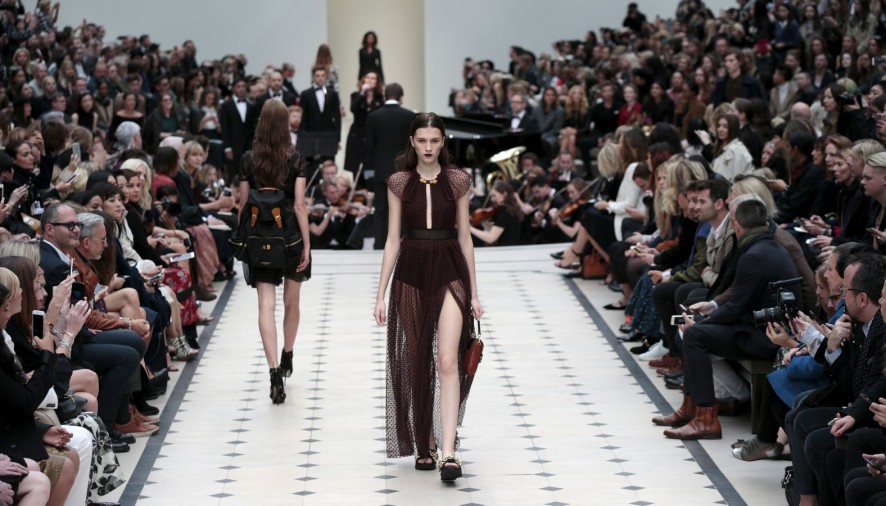For decades we as consumers have been watching shows, admiring items, but having to endure waiting months until we can make any purchases. This year however sees the beginning of many changes from some of the industry’s biggest houses. The “see now, wear now” or “ready to go” concept allows buyers to literally watch a show and buy items they like immediately. As consumers become more tech savvy and a more accessible and rapid shopping experience is preferred, the fashion industry is aiming to keep up with demands. With designers falling like dominoes at fashion houses, individuals like Raf Simons have cited the rapid pace and creative exhaustion as reasons for resigning posts. With having to complete six fresh and innovative collections annually the work builds, pressure increases and in turn creativity and quality suffers. Simons stated in an interview with Cathy Horan, “The problem is when you have only one design team and six collections, there is no more thinking time. And I don’t want to do collections where I’m not thinking.” Thus, designers are taking a stand and aiming to find a perhaps more timely and convenient manner to create, showcase and sell collections worth the price and reputation, whilst giving in to the consumers desire of a more commercial and attainable method.
As part of his recent AW16 show Michael Kors included a capsule which could be bought instantly on his website. Burberry reported plans to combine menswear and womenswear and make collections available immediately after the show from September 2016, whilst Tom Ford announced his AW16 collection would be shown in intimate appointments during NYFW and a combined menswear and womenswear AW16 show would be held in September with the collection available straight thereafter.
Fashion brands have argued the advantages, with Coach chief executive Victor Luis stating how the new initiative will “help cut down on the number of copies.. and put the power back in the hands of the brands”. The immediacy also means collections are more relevant to the time they’re being shown; rather than seeing a Spring Summer 2017 collection in 2016 that wouldn’t be available until months later when probably forgotten. In terns of profit, Henry Holland has maintained that he saw a “surge on his e-commerce platform” as parts of his collection was instantly available. On the other hand, the question remains whether manufacturers will be able to handle the demands of designers and deliver the high end quality? As well as the possible dangerous impact on smaller brands as they could struggle to keep up with deadlines and with a consumer focus what would happen to the role of the editors, press, and their exclusivity?
No matter how you think of the changes, it’s undeniable the consumer is paramount and effects of a more digital world with social media has massively impacted an often stubborn and resistant fashion industry.
Rukaiyah Dadhiwala
Image courtesy of www.qz.com

